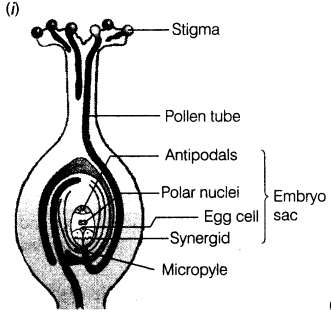Introduction.
Pollination is the transfer of pollen grains from the anther of one flower to the stigma of the same or different flower.
- Self-pollination- transfer of pollen grains from the anther of one plant to the stigma of the same plant.
- Cross-pollination- transfer of pollen grains from the anther of one plant to the stigma of a different plant.
Inbreeding occurs through self-pollination, while out-breeding occurs through cross-pollination.

Reasons for out-breeding.
Out breeding is essential in plants since it leads to better and more fertile offspring for continued survival. Continued inbreeding causes a condition known as inbreeding depression, characterized by homozygous genes which are not as vital as they should be leading to unhealthy offspring. Inbreeding occurs between male and female gametes, all of which share the same genes; hence, most plants develop mechanisms to avoid self-pollination, thus promoting cross-pollination.
Outbreeding devices.
These are mechanisms that plant employ to promote cross-pollination. They are:
- Unisexuality: the plant bears one of either the female or male flowers, and it is not hermaphrodite. This is also known as Dioecism.
- Dichogamy: the stigma and anther of a flower mature at different times. It is further divided into two depending on which part of a flower matures first as;
- Protogyny: the gynoecium matures earlier than the androecium.
- Protandry: the androecium matures earlier than gynoecium.
- Self-sterility: the self-sterile gene is present in the ovule and the grain where it recognizes the similar gene and does not allow the pollen grain to germinate, for instance, tobacco.
- Herkogamy: the condition where there exists a natural barrier that prevents the pollen of the same flower from entering the ovary.
- Pollen prepotency: the pollen grains of a different flower germinate faster than those of the same flower hence preventing autogamy.
- Heterostyly: the stigma and the anthers are placed at different levels e.g., in oxalis, thus preventing pollen from reaching the stigma for pollination.